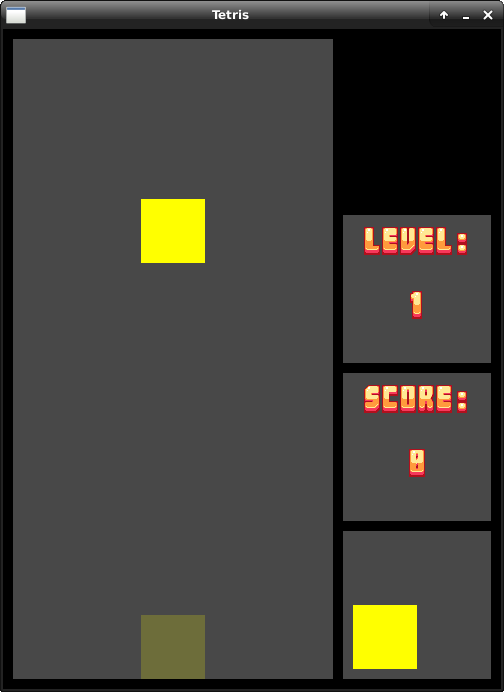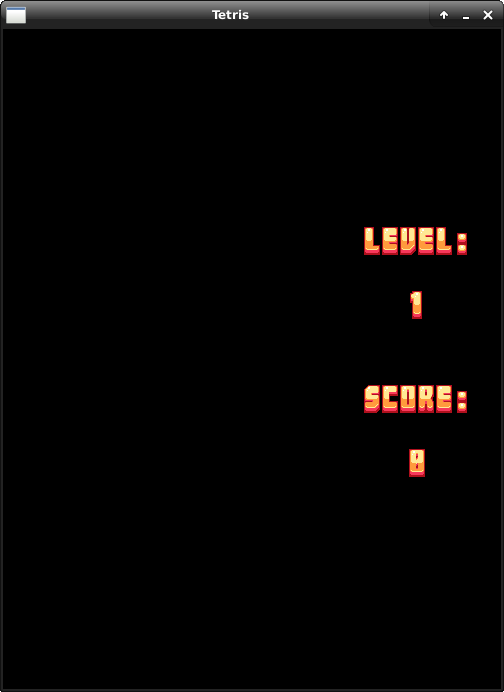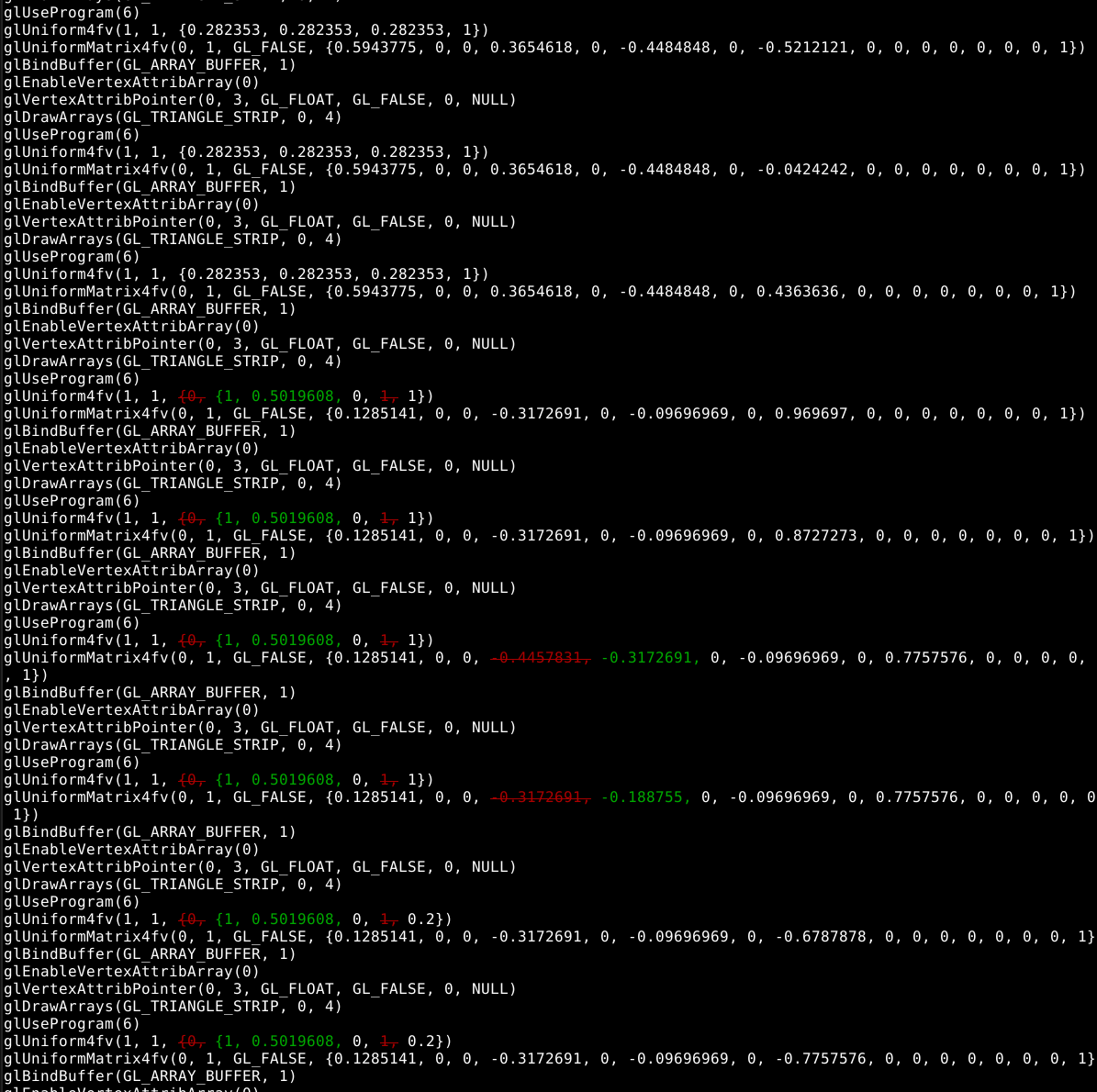Troubleshooting a Zig Regression with apitrace
The past three months I have spent rewriting Zig internals.
Previously, the compiler looked like this:
Source → Tokenize → Abstract Syntax Tree → Semantic Analysis → LLVM Codegen → Binary
Now the compiler looks like this:
Source → Tokenize → Abstract Syntax Tree → Intermediate Representation Code → Evaluation and Analysis → Intermediate Representation Code → LLVM Codegen → Binary
This was a significant amount of work:
92 files changed, 22307 insertions(+), 15357 deletions(-)
It took a while to get all 361 tests passing before I could merge back into master.
Part of my testing process is making sure this Tetris game continues to work. Here's a screenshot of it working, from master branch:

Unfortunately, after my changes to Zig, the game looked like this:

So, I ran both versions of the game with apitrace. This resulted in a handy diff:

Here, it looks like both programs are issuing the same OpenGL commands except for different values to
glUniform4fv. Aha! Let's go see what's going on there.
After investigating this, it turned out that the glUniform4fv was simply for the piece color
and since the game uses a random number for each piece, the two instances of the game started with different
pieces.
So, I made a small change to the Random Number Generator code...
Before:
fn getRandomSeed() -> %u32 {
var seed : u32 = undefined;
const seed_bytes = (&u8)(&seed)[0...4];
%return std.os.getRandomBytes(seed_bytes);
return seed;
}
After:
fn getRandomSeed() -> %u32 {
return 4;
}
After
this change,
the glUniform4fv commands were sending the same data. Therefore, the difference
must be in the "data blob" parameters sent in initialization.
This led me to scrutinize this code:
const rect_2d_vertexes = [][3]c.GLfloat {
[]c.GLfloat{0.0, 0.0, 0.0},
[]c.GLfloat{0.0, 1.0, 0.0},
[]c.GLfloat{1.0, 0.0, 0.0},
[]c.GLfloat{1.0, 1.0, 0.0},
};
c.glGenBuffers(1, &sg.rect_2d_vertex_buffer);
c.glBindBuffer(c.GL_ARRAY_BUFFER, sg.rect_2d_vertex_buffer);
c.glBufferData(c.GL_ARRAY_BUFFER, 4 * 3 * @sizeOf(c.GLfloat), (&c_void)(&rect_2d_vertexes[0][0]), c.GL_STATIC_DRAW);
I discovered the problem was &rect_2d_vertexes[0][0].
The compiler noticed that rect_2d_vertexes was a compile-time constant and therefore
generated the 2D array data structure as static data. It therefore evaluated &rect_2d_vertexes[0][0]
as a compile-time known expression as well.
The problem was that each element in the rect_2d_vertexes referenced another array.
The compile-time constant generation code emitted an independent array for the inner arrays, whereas
we are expecting the pointer to point to a 2D array that contains all the data contiguously.
So I updated the data structure of constant arrays to refer to their parents, added a test case to cover the change, and now the tetris game works again. Huzzah!